Ensuring safety and productivity in a high-stake industry like construction necessitates an array of top-tier gear. One indispensable component of this paraphernalia, often overlooked, is waterproof gear. Rain or shine, the construction industry does not pause - it battles changes in the weather head-on. When clouds roll in, good quality waterproof gear can be the difference between a productive day at the construction site and a day bogged down by soggy clothes, unsafe working conditions, and decreased morale. This article delves into the reasons why waterproof gear is essential in construction work. It explores the impact of the construction environment, the practical benefits of waterproof gear, the variety of equipment available, the technologies involved, and ways to maintain these essential items. By the end, you'll have a newfound appreciation for the role of waterproofing in construction safety and productivity.
The Construction Environment
If there's one constant in the world of construction, it’s change. Not only the brilliant transformation from blueprint to building but also daily variations in working conditions that test even the most seasoned professionals. From daily weather interactions to site conditions, a myriad of factors can impact the construction environment. Equipped with this understanding, construction professionals brace themselves to function and thrive within these fluctuating circumstances.
Daily Weather Interactions
Weather is a master of disguise. One day, it might be calm and sunny, perfect for the hustle and bustle of a construction site; the next, it could be pouring rain, testing even the most durable construction rain gear. Weather's unpredictable nature is a daily puzzle workers have to solve and react to.
Ever wondered how rain impacts a construction site? A steady downpour can turn a dust-filled site into a muddy quagmire, posing serious hazards for workers. These conditions necessitate robust personal protective equipment, like the products discussed in this guide on Durability in Construction Rain Gear and smart planning to secure the site and materials.
Construction Site Conditions
But it's not just changing weather that can impact construction operations. Each site presents a unique set of challenges linked to its geographical location, past use, and surroundings. Perhaps it's a high-rise project located in a crowded downtown area, a controversial eco-home built in a flood-risk area, or a sprawling residential complex renegotiating former agricultural land.
Each site's physical composition from ground stability, soil type, and existing flora and fauna are crucial factors shaping construction procedures. General cleanliness and organization of the site can dramatically influence productivity and safety.
From the personal gear that ensures individual safety, to a solid understanding and respect for the terrain, construction professionals operate in a sphere of constant adaptation. Their problem-solving skills and adaptability to the unique demands of their environment are paramount to their success. Indeed, the construction environment is a fascinating amalgamation of daily challenges, each beautifully wrapped in the ever-evolving puzzle of permanence and change.
The Importance of Waterproof Gear in Construction
The modern construction worker faces an array of challenges on the work site. Changes in weather, grueling physical activity, and managing cumbersome equipment are just a few obstacles they must navigate regularly. However, with the right gear and apparel, these difficulties can be managed effectively. One such indispensable gear is waterproof clothing. Here's a deep dive into why waterproof gear plays a pivotal role in construction.
Protection Against Harsh Weather
Rain or snow, the show must go on in the construction world. Waterproof gear ensures protection against harsh weather conditions without impeding the ongoing work.
- It keeps workers dry during heavy rainfalls or snowstorms, ensuring that their focus can remain on the task at hand and not on their soaking wet clothing.
- Temperature drops resulting from cold rainfall can lead to hypothermia if workers are not adequately insulated. Waterproof gear provides this necessary layer of insulation, shielding workers from potential health risks.
- With the proper gear, not even a drizzle can stall construction projects, ensuring continuity and meeting stringent timelines for project completion.
Enhancing Worker Comfort
Comfort of the workers is a vital aspect that influences the effectiveness and efficiency on the construction site.
- Waterproof gear keeps the body dry, thereby preventing discomfort associated with wet clothing like dampness, stickiness, and heaviness.
- The lack of discomfort enables workers to concentrate on their work, rather than being distracted by adverse conditions.
- Waterproof clothing also ensures breathability, helping workers stay cool even during intense physical exertion.
Safety Benefits
An added advantage of waterproof clothing in construction is the numerous safety benefits it offers.
- The majority of waterproof gear is high-visibility, often designed in bright colours or sporting reflective stripes - a crucial feature for safety on a construction site, specifically in poor visibility conditions.
- Waterproof shoes and boots prevent slipping accidents on wet surfaces, one of the frequent causes of worksite injuries.
- When layered correctly with appropriate cold-weather gear, waterproof clothing offers protection against cold-related illnesses and injuries, such as frostbite or hypothermia.
Increasing Worker Productivity
Ultimately, when workers are secure, comfortable, and protected, they are more motivated, leading to increased productivity levels.
- Workers equipped with the right gear, like the Best Rain Gear for Construction, can focus on their tasks without worrying about the weather conditions, leading to improved efficiency.
- Waterproof gear, by lending a layer of protection and comfort, minimizes potential distractions on the site, allowing workers to perform their best under any circumstance.
- Adequate preparation for adverse conditions showcases a firm's focus on worker safety and well-being, boosting morale and promoting a positive work culture.
In sum, waterproof gear is not a luxury, but a necessity in construction. It safeguards the workers against harsh weather conditions, ensures safety, amplifies comfort, and thereby enhances productivity. As the adage goes, 'There's no such thing as bad weather, only unsuitable clothing.'
Types of Waterproof Gear for Construction Workers
In the world of construction, everyday tools extend beyond hammers, hard hats, and high-visibility jackets. Rain or shine, construction never stops. When the weather doesn't play ball, it's crucial to have gear that can withstand the elements. Waterproof equipment is a must-have for any seasoned construction worker. This gear guarantees protection from moisture and ensures seamless operation, regardless of the environmental conditions. In this category of essential Rain Gear for Construction Work, we have waterproof clothing, footwear, tools, and other equipment and devices.
Waterproof Clothing
Waterproof clothing for construction work includes raincoats, jackets, trousers, and overalls. Made with high-quality, water-resistant materials like PVC (Polyvinic Chloride), PU (Polyurethane), and nylon, these garments ensure every construction worker stays dry and comfortable even in the heaviest downpour.
Beyond the inherent water-repelling properties, these clothes are designed with other practical features. Adjustable hoods, heat-sealed seams, enhanced ventilation systems, spacious pockets, and reflective strips all create a more user-friendly, safer garment.
Waterproof Footwear
Imagine working on a construction site with wet feet all day; it can be very uncomfortable, to say the least. That's why waterproof footwear plays a pivotal role in a construction worker's gear collection.
These boots are not just waterproof but also offer additional features like slip-resistance, electrical hazard protection, and durable toe caps. The footwear ranges from knee-length wellingtons to ankle-high boots, all made from potent water-resistant materials like rubber and treated leather.
Waterproof Tools
Let's face it, rain-soaked tools can be outright dangerous when combined with the inherent risks in a construction site. That's why waterproof tools are a near necessity for construction work. These tools, including but not limited to drills, saws, and multimeters, come with insulating, water-resistant features that ensure functional efficiency and user safety.
Waterproof Equipment and Devices
Last but not least, waterproof equipment and devices play their parts in providing an all-weather working capacity on construction sites. This category includes items like waterproof bags to store tools, construction site radios, mobile phones, tablets with rugged, waterproof exteriors, and insulated connectors for safe electrical installations in wet environments.
Weather can be unpredictable, but with the right selection of waterproof construction gear, rain or shine, the work never stops. Every construction worker must consider investing in such equipment to ensure their productivity and safety regardless of the weather conditions. Ultimately, a well-prepared construction worker is a productive one.
Technologies Behind Waterproof Gear
Whether you're an outdoor enthusiast, a passionate sailor, or just someone who hates getting wet on a rainy day, it's hard to deny the value of waterproof gear. But, have you ever wondered about the technology that goes on behind the scenes of your reliably waterproof apparel? Let's dive into this compelling world to unveil the fascinating science and technologies behind waterproof gear.
Water-Resistant Fabrics
The fundamental aspect of waterproof gear lies in the fabric. Water-resistant fabrics work based on a simple concept: they are densely woven to make it difficult for the water to pass through. This characteristic turns materials like nylon and polyester into semi-water-resistant fabrics by default. However, these are not full-proof against heavy rains or continuous exposure to water.
That's where the use of lamination and coating methods really ups the game. Technologies like Gore-Tex and eVent feature a layer of PTFE (polytetrafluoroethylene), often described as a 'plastic mesh' that has microscopic holes tiny enough to block water droplets, but large enough to let the vapor pass. This ensures the fabric is not only waterproof but also breathable, preventing you from getting drenched in your own sweat!
Here are some widely used water resistant fabrics:
- Gore-Tex
- eVent
- NeoShell
- HyVent
- MemBrain
Now, you may wonder: What happens if these microscopic holes get clogged or the fabric gets a puncture? That’s an excellent question, and it brings us to our next point, sealing technologies!
Sealing Technologies
The secret to making an effective waterproof gear lies not only in the choice of fabric but also in the way the gear itself is assembled. Stitches and seams can create potential water entry points, and sealing technologies help to eliminate these vulnerabilities.
There are two primary types of seam sealing technologies used in the production of waterproof gear: taped seams and welded seams.
- Taped Seams: The most common method used to waterproof seams is seam taping. A waterproof tape is applied to the interior of the seams using heat. When the tape cools down, it forms a waterproof barrier that prevents water from seeping through the stitching holes.
- Welded Seams: Welded seams, on the other hand, fuse the layers of fabric together using heat, eliminating the need for stitches. This results in gear with a smoother finish and enhanced waterproofing capabilities.
"Don't limit your challenges, challenge your limits." This quote perfectly encapsulates the spirit of designing durable waterproof gear.
Designing for Durability
Designing durable waterproof gear is about much more than just fabrics and seams. It also involves taking into consideration factors such as abrasion resistance, UV resistance, and longevity under continuous exposure to harsh conditions.
Innovative design features like reinforced patches in high-abrasion zones, use of UV resistant materials, and the implementation of a Durable Water Repellent (DWR) coating that aids in the longevity of the gear, all contribute towards its durability.
To put it simply, the technology behind waterproof gear is amazingly intricate and extensive. Incredible innovations in fabrics, sealing technologies, and design are transforming the way we think about waterproof gear. So, the next time you enjoy a dry, comfortable adventure in wet weather, take a moment to appreciate the marvellous technologies behind your waterproof gear.
Maintaining Waterproof Gear
Whether you're an outdoor enthusiast or a casual walker, maintaining your waterproof gear is essential to keep you dry throughout your adventures. Waterproof clothes and accessories are your primary defense against the unpredictable elements, but they need regular care to maintain their effectiveness. Fortunately, with the right cleaning and application methods, you can extend the lifespan of your waterproof items and ensure their peak performance. We'll walk you through two main maintenance practices: Cleaning and re-applying waterproof treatments.
Cleaning Waterproof Clothes
Contrary to popular belief, cleaning your waterproof garments doesn't degrade their efficacy. In fact, it plays a crucial role in extending their lifespan and maximizing their performance. The trick lies in doing it the right way:
- Use Appropriate Detergents: Avoid using regular detergents or fabric softeners, as they can leave residues that clog the waterproof membranes on your gear, reducing its effectiveness. Instead, opt for niche-specific products designed for cleaning waterproof items.
- Machine Or Hand Wash: Most waterproof garments can be safely washed in a machine on a gentle cycle. Just remember to rinse thoroughly to ensure no detergent residue is left behind. For particularly delicate items, go for hand washing.
- Dry Appropriately: Allow your clothes to air dry naturally or dry them on a low heat setting in a dryer, if the care instructions allow. High heat can damage the waterproof layers.
- Reactivate the Waterproof Coating: Some waterproof materials, like Gore-Tex, benefit from a quick tumble in the dryer or a blast from a hairdryer after washing. This helps reactivate the waterproof coating.
Re-applying Waterproof Treatments
Over time, and with regular use, even the most durable waterproof gear can begin to lose its water repelling properties. When this happens, it's time to reapply a waterproofing treatment. Fortunately, there's a broad range of products available to restore your gear's waterproof capabilities:
- For waterproof clothes: Use a wash-in or spray-on waterproofer, following the instructions on the product. Remember, different fabrics may require different treatments, so choose your product wisely.
- For waterproof shoes: Waterproofing sprays or waxes are a great option. They're easy to apply and can effectively restore water resistance.
- For waterproof equipment: Silicone or wax treatments work exceptionally well on gear like tents or backpacks, maintaining their repellant nature without impacting their durability or weight.
By taking the time to maintain your waterproof gear correctly, you'll not only ensure it does a great job of keeping you dry, but you'll also extend its lifespan, making it a more sustainable and cost-effective choice in the long run. Whether you're caught in a light drizzle or heavy rainfall, well-maintained waterproof gear lets you embrace the outdoors confidently, whatever the weather.
Conclusion
When it comes to construction work, one must never underestimate the importance of the right gear. Waterproofing not only adds an extra layer of protection against the elements but serves as a crucial factor in maintaining a safe and productive work environment.
Advanced technologies allow for the creation of high-quality, waterproof materials designed specifically for challenging environments, like construction sites. From water-resistant fabrics to advanced sealing technologies and durability designs, these advancements in waterproof gear offer a robust defense against unfavorable weather conditions and site hazards.
Yet, essential to the long-lasting efficiency of these items is their correct maintenance. Simple practices such as proper cleaning and periodically applying waterproof treatments can significantly extend their life expectancy and performance.
For construction workers who face frequent exposure to the elements, investing in quality waterproof gear can make a vast difference. An excellent place to start could be the Canadian-made chainsaw safety pants, meticulously crafted by Rain Gear Pro. These pants are made to withstand crotch blowout, fully protected with Kevlar inserts, proving to be a reliable ally against challenging work conditions.
Remember, the correct gear not only contributes to a better, more comfortable work experience but serves as a crucial investment in your safety and well-being on the job.
Frequently Asked Questions
-
Why is waterproof gear important for construction work?
Waterproof gear is essential for construction work because it protects workers from rain, snow, and other wet conditions. It helps keep workers dry, comfortable, and safe, reducing the risk of hypothermia, illness, and accidents.
-
What types of waterproof gear are suitable for construction work?
Suitable waterproof gear for construction work includes waterproof jackets, pants, boots, gloves, and hats. Additionally, waterproof backpacks and tool bags can also be used to protect equipment and keep them dry.
-
Can waterproof gear be used in hot weather as well?
Yes, waterproof gear can be used in hot weather as well. Some waterproof clothing and accessories are designed with breathable materials to prevent heat buildup and excessive sweating, ensuring comfort even in warmer conditions.
-
How does waterproof gear improve worker safety?
Waterproof gear improves worker safety by minimizing the risk of slips, falls, and accidents caused by wet surfaces. It also prevents the absorption of moisture by clothing, which can lead to discomfort, chafing, and skin irritation.
-
Can waterproof gear be easily cleaned and maintained?
Yes, most waterproof gear for construction work is designed to be easy to clean and maintain. It is recommended to follow the manufacturer's instructions for washing and caring for the gear to ensure its longevity and effectiveness.



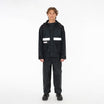
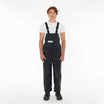

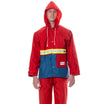
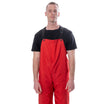
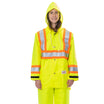
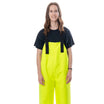
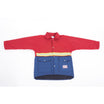
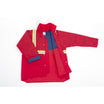

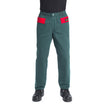
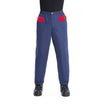
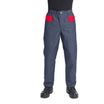
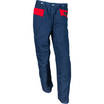
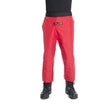
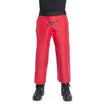
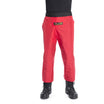
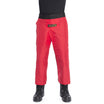
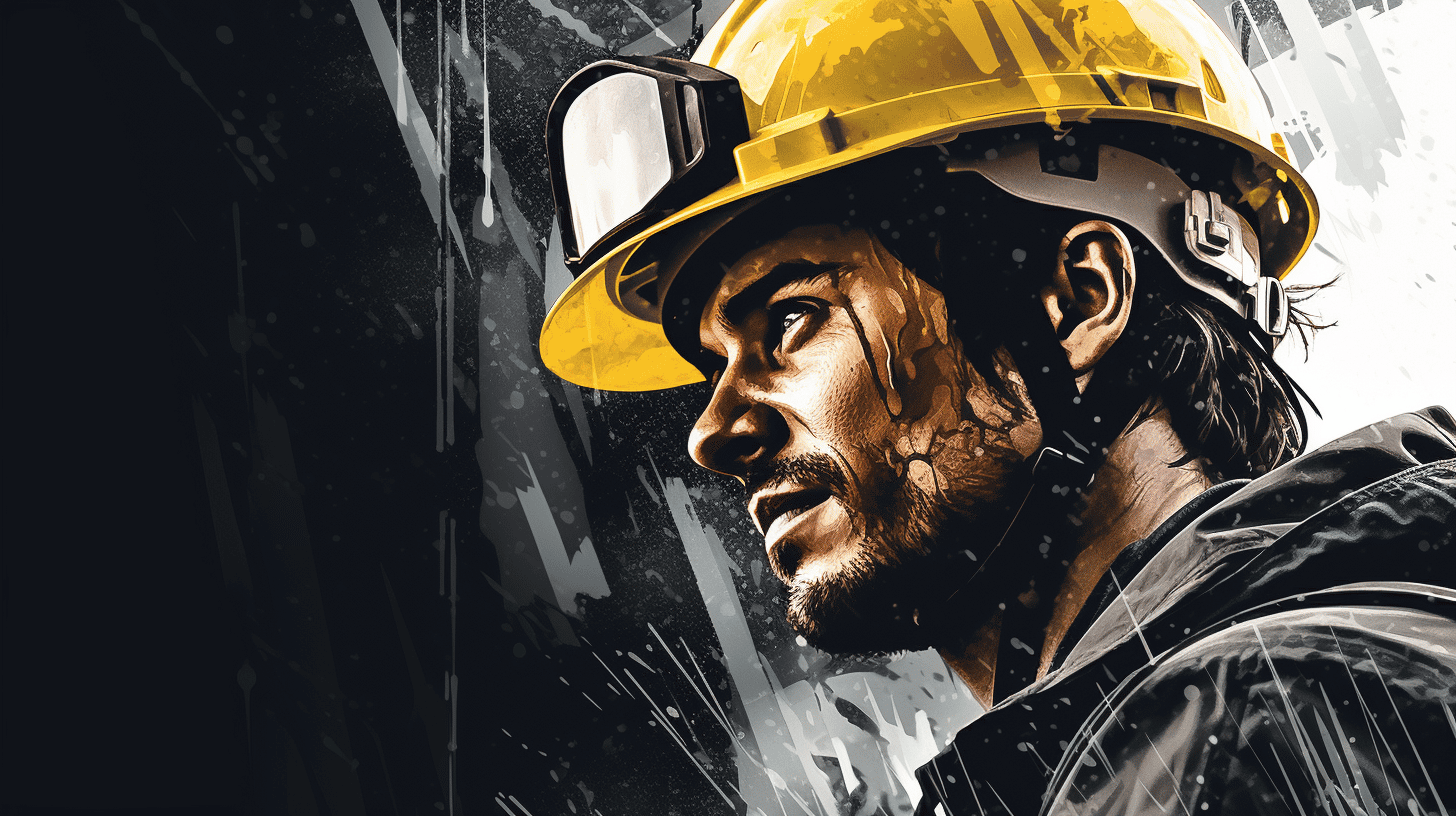
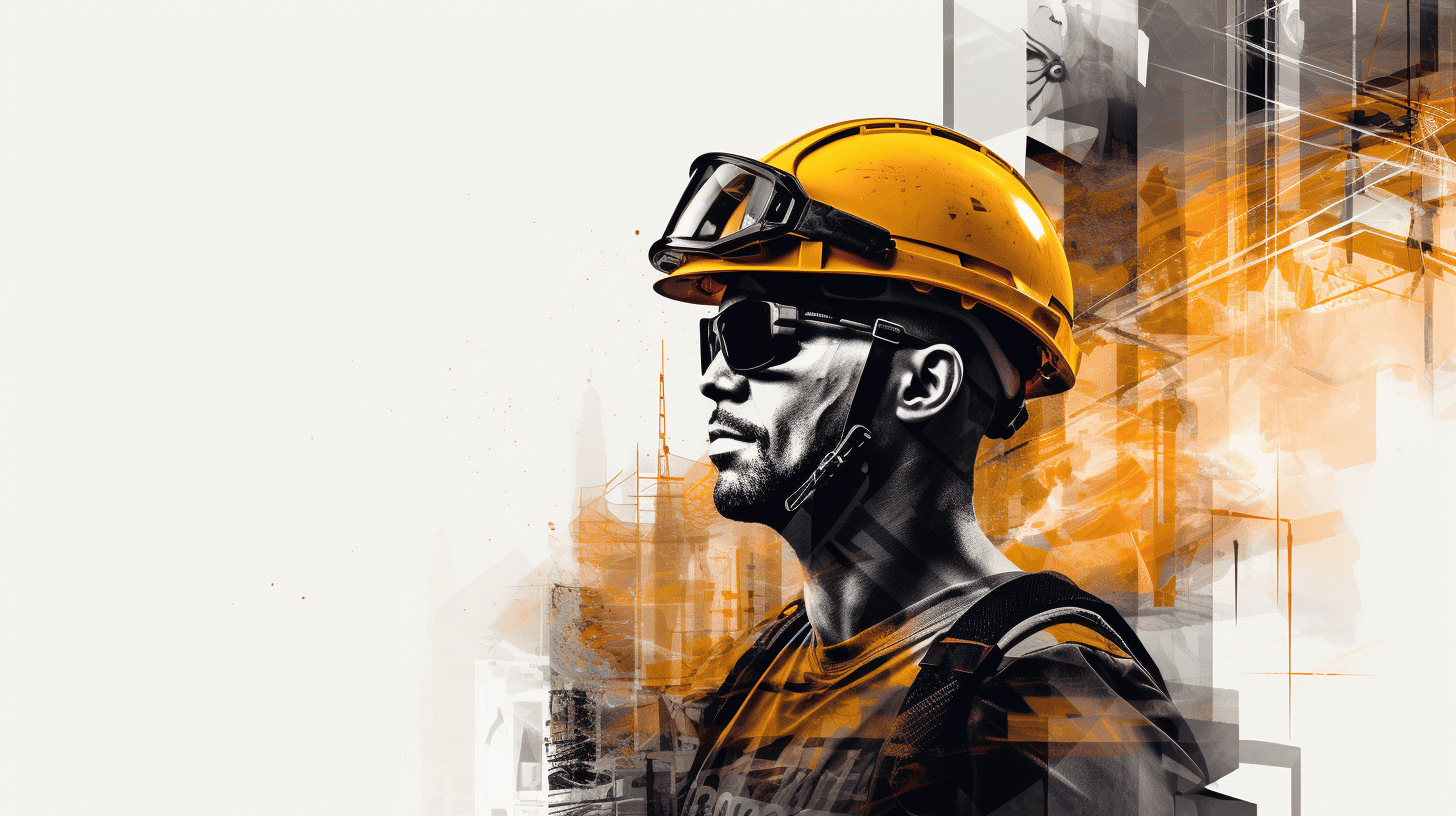
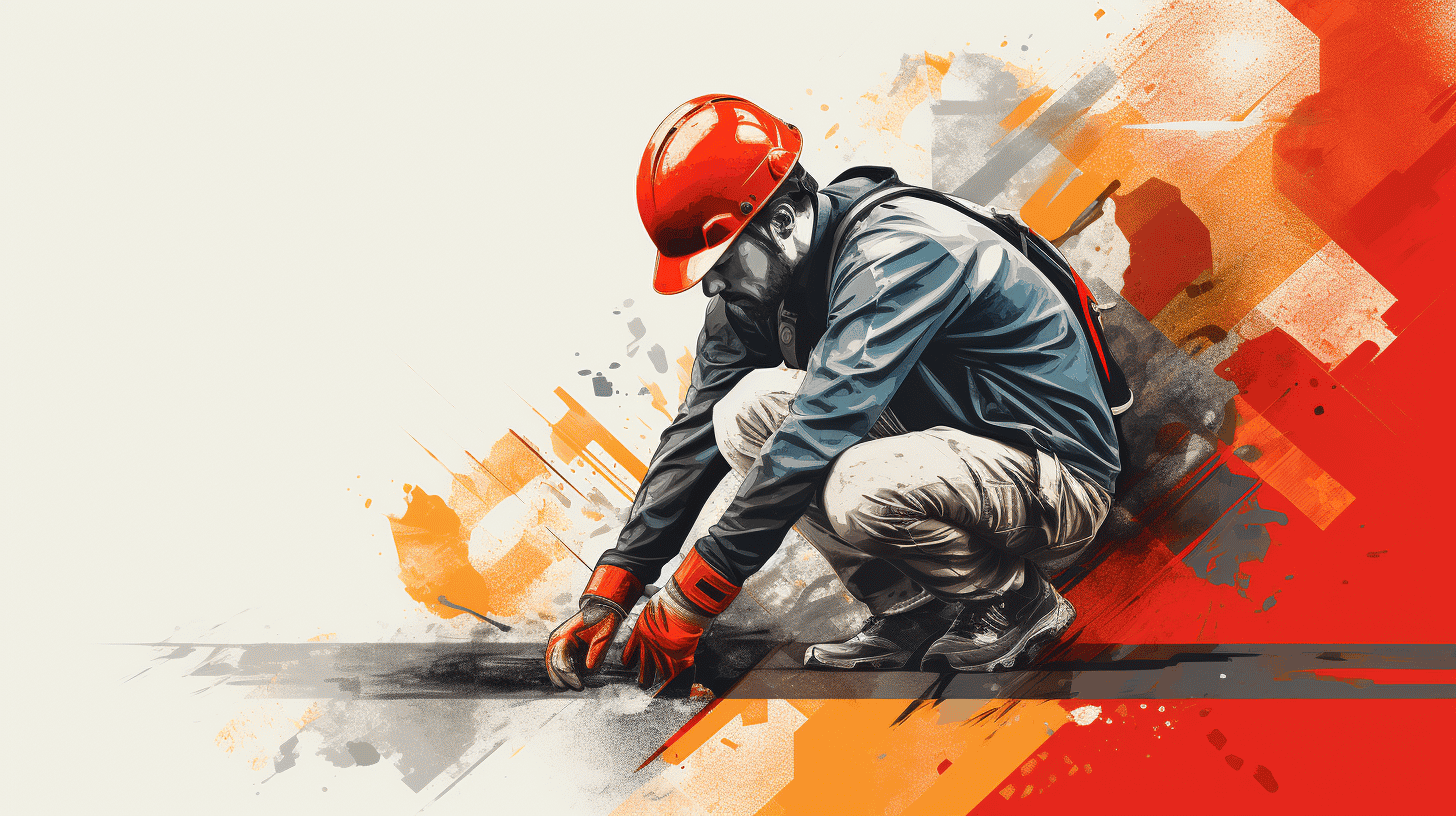
Leave a comment
This site is protected by hCaptcha and the hCaptcha Privacy Policy and Terms of Service apply.